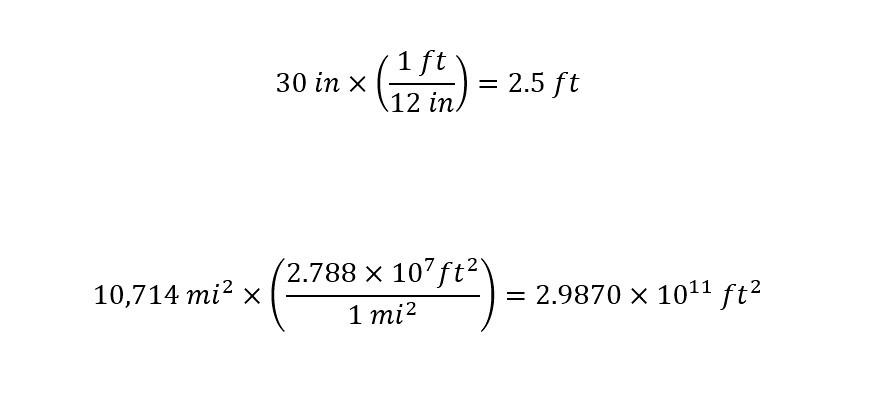Immediately, I clicked on the article to find out that Haiti received a significant amount of rain from Hurricane Matthew. How much in comparison to other torrential rain storms this year? Read onto find out.
How Much Rain Did Haiti Receive?
According to the news site "NBC News" which posted an article titled "Hurricane Matthew: Relief Groups Mobilize for Haiti After 'Catastrophic' Damage" an enormous amount of rain is expected to hit Haiti. Here is an excerpt describing the magnitude of the storm:
The storm was expected to dump up to 20 inches of rain on parts of southern Haiti and southwestern Dominican Republic. Isolated areas could get up to 40 inches, the hurricane center said.
Instantly, after reading this, I stopped what I was doing and looked for an old post I wrote a few months ago on the massive torrential rain that China received. Alright, I published the blog post that I was working on first -- in order to focus on the massive amount of rain that is expected to hit Haiti.
In order to compare the amount of rain that is expected to hit Haiti, I needed to calculate a total volume. I will walk you through the calculations and logic in the following paragraphs. Some of the values are approximations which I will try to clarify as we go. If you have any questions regarding approximations or assumptions, just leave a comment.
With this in mind, first, we need to know how large (area in square miles) Haiti is in order to calculate a total volume. According to the "Wikipedia" page, the total area of Haiti is 10,714-square miles. The volume of rain was not reported in the news. Although, a height was reported. According to the excerpt above, between 20 inches of rain in the Southern part of Haiti and 40 inches in other parts -- which could be approximated (grossly) to an average of 30 inches across all of Haiti.
Over the course of the next few days, news reports will refine their values and we can do a follow up comparison. Specifically, we can then evaluate how far off our approximation was in this post. For now, lets proceed with the calculation of the total volume of rain.
In order to calculate a volume, three numbers will need to be known. Or in this case, two numbers will need to be obtained. All of them have been specified already in this post. We will need an "area" and a "height" to determine the total volume. What's missing then?
The values are all reported in different units. What? Yes, we have an area of Haiti that is reported as 10,714-square miles. Further, we have a height of rain that has or is estimated to fall to be 30 inches. In order to compare and calculate, the units have to be uniform. In this case, lets choose units of feet. Our total volume will be reported in cubic feet of rain.
To convert the reported values, we will need the conversion factors from inches to feet and from square miles to square feet. From the previous blog on rainfall in China, the value is listed below in the conversion shown below:
Next, the equation for the volume is equal to the area (geographic area) multiplied by the height of the rainfall. The equation for volume is shown below with the above values filled in appropriately:
Wow! What does the above result mean?
How Does The Value Compare To Other Recent Storms?
As I mentioned earlier, I wrote a blog post on the torrential rain fall in China a few months ago. Turns out that 12 provinces received around a couple of feet of rain over a geographical area of 10,000 square miles. Wow! The total cubic feet of rain was 580 billion cubic feet.
According to our calculations above, the total rain fall expected to hit Haiti as a result of Hurricane Matthews is 750 billion cubic feet of rain. That is nearly 1.3 times the amount of rain that hit China earlier this year. These two storms are huge in comparison to the four other storms that I have wrote blogs about: Maryland (USA), Louisiana (USA), Mexico, and Macedonia.
Still, the fact that Haiti is receiving so much rain over its entire land mass is life threatening. More so than in China, although the populations and land masses are quite different. Nonetheless, we should be sending humanitarian aid to the victims of these terrible storms. By calculating the amount of rain fall each storm drops on a given geographic area, the realization of the threat becomes more real. Dimensional analysis allows us to visualize the magnitude of such disasters by comparing them to our own geographic area.
How does the geographic area of Haiti relate to the geographic area that you live in?
Think about the magnitude of this devastating event. How would you be impacted by the same volume of rain? Remember, the magnitudes and values reported/calculated above, neglect the wind speed of 145 miles per hour that blew across the region. That speed of wind would produce and life threatening force that would level houses and buildings (if not properly built).
Until next time, have a good night.



No comments:
Post a Comment